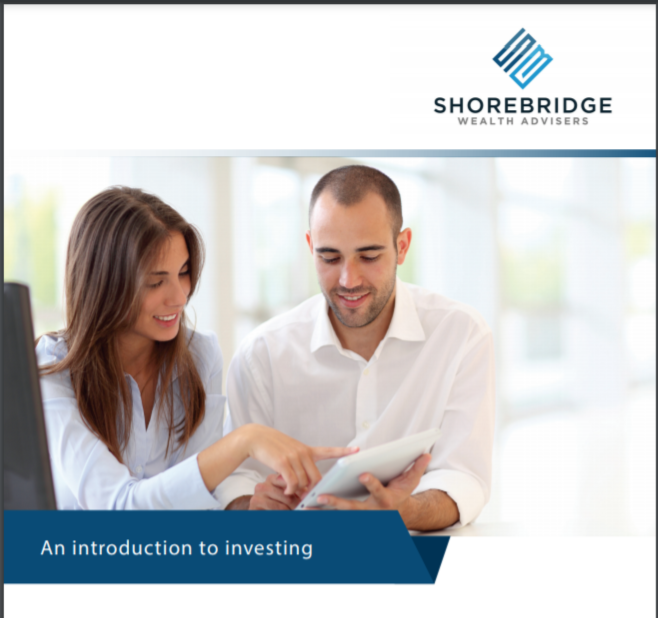Setting up your SMSF is just the beginning. Make sure you’re aware of your obligations as an SMSF trustee and get the most out of your fund with this quick guide.
While the list of SMSF administrative tasks and responsibilities may seem daunting, it’s there for a good reason: to ensure your fund’s decisions protect your retirement savings and provide financial security for your SMSF members in the future. If you need guidance with any of the following, your SMSF administrator, accountant or financial adviser will be able to help.
Here are five tips that can help you build a foundation for managing your SMSF.
- Know your responsibilities as a trustee
Ongoing administrative tasks include, but are not limited to:
- Accepting and allocating super guarantee contributions in line with required standards.
- Valuing fund assets to complete the SMSF’s financial statements and annual return, as well as member benefits reports. The annual reporting date is typically 30 June.
- Engaging an approved auditor for the annual audit.
- Lodging your SMSF annual return with the ATO.
- Reporting certain events within the required time frame (such as commencement of a pension within 28 days of the end of the relevant quarter).
- Notifying the ATO of any change in fund details, such as contact details, name, address, membership and trustees, within 28 days of the change.
- Keeping proper and accurate tax and superannuation records to manage the fund effectively and efficiently.
- Transferring part of or all benefits to another superannuation fund (a rollover) if required by the member. The rollover must be performed via SuperStream and generally initiated within three business days of receiving the completed request.
- Making benefit payments as a lump sum or income stream.
- Withholding Pay As You Go (PAYG) tax if a taxable benefit is paid to a member (such as when the member is under age 60).
For more information on your obligations, visit the ATO website.
- Supercharge your SMSF cash hub
Your SMSF bank account manages the full lifecycle of your fund. It’s important to make sure you have enough cash on hand for SMSF expenses – such as life insurance premiums, advice fees or tax. You can also hold some of your cash in a higher interest account.
Once a member retires, that cash account can also be linked to an everyday transaction account to receive pension payments.
Your SMSF cash account is your one stop shop for making investments, receiving distributions and paying expenses. Then when you retire, you can start drawing that cash out as your pension.
Scenario 1: Getting started with your SMSF bank account
Brian and Kathryn recently established an SMSF and now need a bank account within their SMSF to manage a number of transactions, including:
- accept the rollover of superannuation benefits from Kathryn and Brian’s existing super funds
- accept personal contributions from Kathryn, so she can claim a tax deduction to offset some of her self-employment income
- accept employer contributions from Brian’s employer
- receive investment income from the planned investment portfolio
- set up regular investment from surplus inflows
- pay fees and expenses.
As their SMSF trustee has decided not to allocate specific assets to Brian and Kathryn’s member accounts, multiple bank accounts are not required. That means the SMSF can use one bank account.
Brian and Kathryn have taken the steps for their SMSF to comply with the requirement to accept rollovers and employer contributions electronically via SuperStream, and documented an investment strategy for their SMSF.
Their SMSF bank account will help them meet the investment strategy’s requirements, including:
- risk and likely return of the fund’s investments
- investment composition and diversification
- liquidity to meet expected cash flow requirements, and
- ability to pay benefits such as pension payments and lump sums after retirement.
- Regularly review your investment strategy
The ATO expects SMSF trustees to review their investment strategy at least once a year to ensure it remains appropriate. When a new member joins or leaves the fund, or if a member transitions to pension phase, you will also need to review and potentially reallocate funds.
It is possible to manage different investment goals for each member by apportioning the fund’s investments to suit their needs. For example, you could invite your adult children to join your SMSF as members while also managing the retirement of a member.
SMSFs are very flexible, and it’s common to have one member in pension phase while others are still accumulating.
Scenario 2: Making sure your SMSF cash account is retirement ready
Brian is now ready to retire and wants to set up an account based pension. Kathryn is still working and wants to maximise her super over the last decade of her career. Once the documentation is completed, Brian can access his accumulated benefits. The SMSF will not pay any tax on earnings related to Brian’s account based pension, where previously earnings were taxed at 15%.
Brian and Kathryn know that the SMSF must pay at least the minimum pension from Brian’s account-based pension each year, based on his age. Pension payments must also be made by cash payment, not by transferring an asset from the SMSF.
The SMSF makes the required pension by regular monthly payments from its existing SMSF bank account to Brian’s personal transaction account outside the SMSF. Each financial year, the minimum annual pension requirement from Brian’s account based pension may change, so Brian and Kathryn have diarised to confirm the monthly payment each year. They have also diarised to check towards the end of each financial year to ensure the minimum pension will be paid by 30 June of that year. This may mean topping up the SMSF’s bank account by selling an asset within the SMSF to ensure they have sufficient liquidity to meet the ongoing pension payments.
By taking these steps to pay the minimum pension each year, Brian and Kathryn can receive tax free income from Brian’s account based pension.
- Understand the potential tax advantages available
The superannuation environment is typically more tax effective than investing outside super. So having more control over your own investment strategy through an SMSF also gives you more flexibility to manage the tax implications.
For example, you can buy and hold investment assets while you are accumulating your super, then sell them in the pension phase after you retire. As the proceeds support the payment of a pension, the fund may not pay Capital Gains Tax (CGT) on the sale of those assets.
Other potential tax benefits can include:
- Tax deductions for contributions made by members, up to their concessional contribution cap.
- Concessional tax on employer contributions, including salary sacrifice, up to the concessional contribution cap.
- Tax rebates for certain contributions made on behalf of a low income earning spouse.
- Lower tax on investment earnings. Within super, you’ll pay up to 15% on investment earnings, whereas marginal tax rates may be as high as 47% outside super.
- Effective CGT rate of 10% on the sale of fund assets held for 12 months or more.
- Once benefits can be accessed, tax free payments to members aged 60 or over.
- Be ready to manage life changes
The most common SMSF structures involve two members. If separation occurs, or the death of one member, having the right structures in place can help protect members and reduce the complexity of navigating a difficult time.
Dealing with a divorce can be especially challenging, particularly if the fund’s main investment is property. If that property is also one member’s business premises, it can get quite difficult. You may need to sell that asset to wind up the fund, or to rollover into the exiting member’s new fund.
While no one starts an SMSF expecting things to turn out badly, it’s important to be prepared.
Estate planning should also include watertight steps for what happens to the SMSF in the event of either member passing. A lot of this depends on who is in control of the SMSF at that time. If the surviving spouse has not been directly involved in managing the SMSF investment decisions, they may decide to engage a financial adviser to help them run it, rather than rush the decision.
Having the right structures, agreements and advisers in place can help you manage these unexpected changes, as well as the more predictable administration tasks involved with an SMSF.
Source: Macquarie






